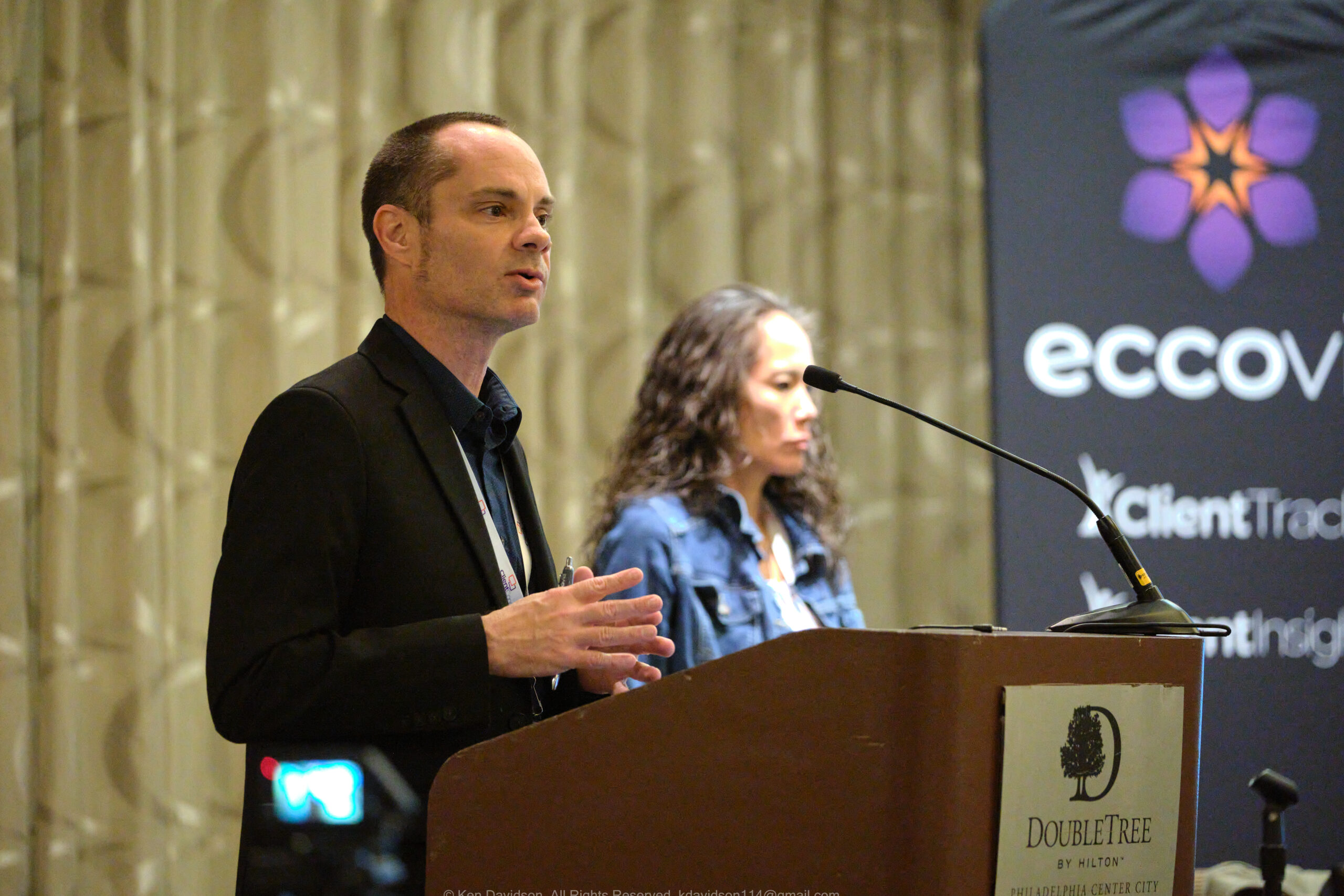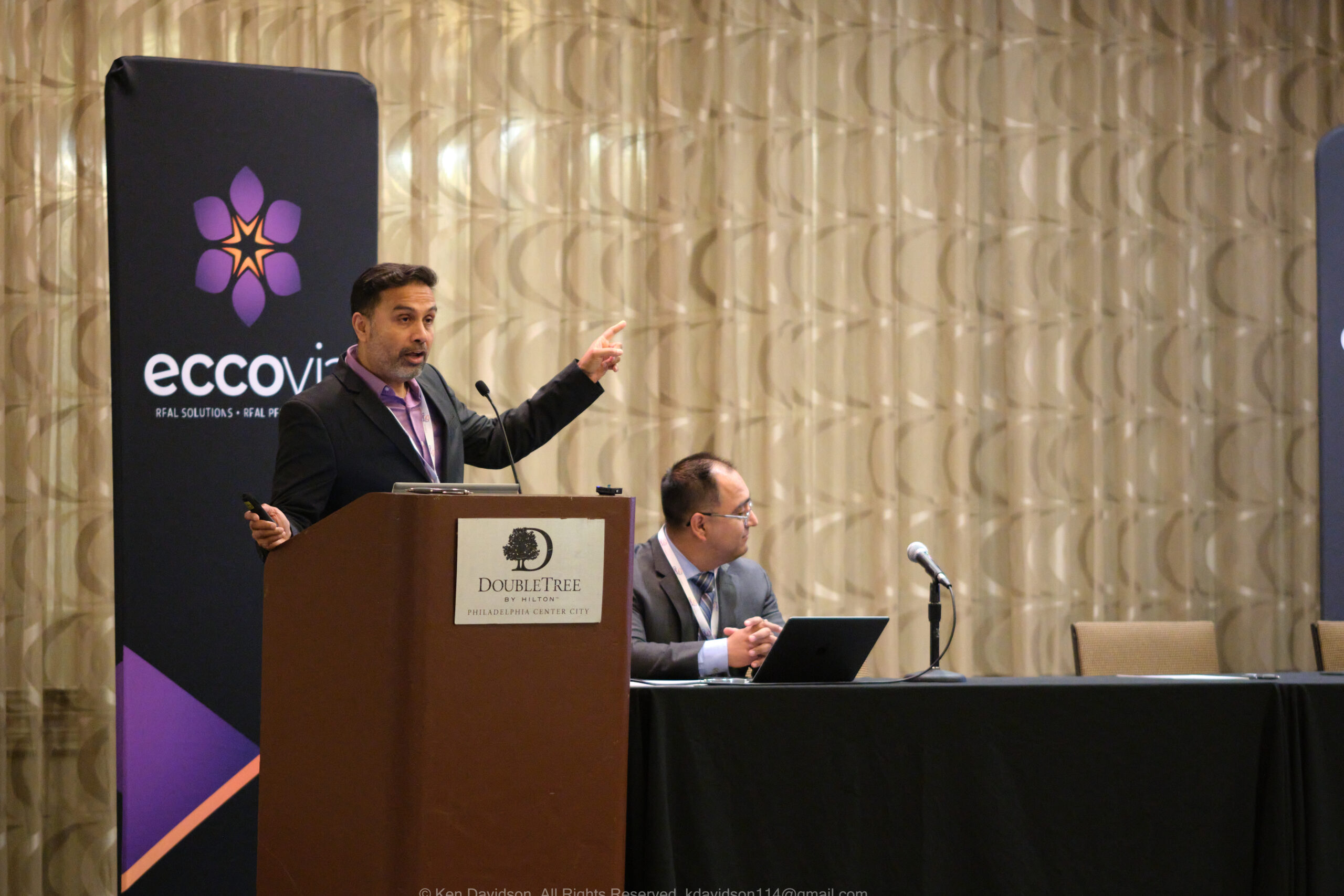Intimate-partner violence and domestic violence are common in the United States, with about 41% of women and 26% of men experiencing contact sexual violence, physical violence, and/or stalking by an intimate partner. That’s why October is National Domestic Violence Awareness and Prevention Month in the United States. In this article, we’ll explore why awareness matters and what victim service providers can do to help prevent domestic violence.
The State of Domestic Violence
Did you know that on average, nearly 20 people per minute experience physical abuse by an intimate partner in the United States? In the span of a year, this equates to over 10 million men and women.
This violent and aggressive behavior is known as domestic violence. The most common form of domestic violence is intimate partner violence, including psychological, sexual, or physical abuse from one partner to another. Children and elders can also suffer from domestic violence. According to the CDC, 1 in 5 women and 1 in 13 men report experiencing some form of domestic violence each year.
Statistically, this means that each of us knows someone who has experienced domestic violence. Despite this, many people—especially those with lower socio-economic status—are unsure of how to recognize and address such violence.
“If you look at the statistics of what communities understand that domestic violence is, how much they utilize services, and how much they’re aware of their rights under certain federal and state policies, the awareness is actually quite minimal and confused,” says Professor Krista Chronister of the University of Oregon.
Why Awareness Matters
While the state of domestic violence may still have a long way to go, health and human service organizations can do their part through awareness. October is the perfect month to get started, and every effort counts.
There are many ways to get involved. Spreading awareness through social media posts and newsletters help increase knowledge about prevention and identification. Sharing informational cards or resources about domestic violence in your service organization is another great way to participate in Domestic Violence Awareness Month.
The best part about advocating for domestic violence awareness? It has important and valuable results. There are three prominent reasons awareness matters:
- Victims May Not Reach Out For Help
Unfortunately, individuals experiencing domestic violence may not always know how to reach out for help. There are a myriad of possible reasons–distrust in authority, religious implications, or the misguided feeling that they deserve the abuse, just for example. When health and human service organizations advocate for awareness, they can help quell these hesitations for victims and survivors. - Awareness Helps Us Know The Signs
In addition to helping the victims of domestic violence directly, awareness campaigns can help individuals and communities recognize the signs and speak up when they see it. If communities are going to end domestic violence, they need to work together to prevent it. There are a few common signs of domestic violence that we should all be on alert for:- The abuser might show extreme jealousy of their partner’s time;
- The abuser might prevent or discourage the victim from spending time with others;
- The abuser might insult or shame the victim in front of other people (or privately);
- The abuser might attempt to control life decisions of the victim;
- The abuser might control household finances without discussion, such as taking the victim’s money or refusing to pay for expenses;
- The abuser might pressure the victim into sexual acts they’re not comfortable with;
- The abuser might pressure the victim into using drugs or alcohol;
- The abuser might destroy the victim’s belongings; and,
- The abuser might exhibit menacing, threatening behavior.
- Awareness Encourages Community Care Coordination
Even if your health and human service organization does not deal with domestic violence directly, chances are the people you work with need access to resources for it. When you learn to direct individuals you serve to other community services, it builds a community of care coordination. Doing so can help your organization save money and help more people.
Additional Resources
ClientTrack® is our industry-leading case management platform for domestic violence organizations as well as other health and human service groups. Take our work with Safe Horizon for example—as one of the nation’s leading victim assistance programs, they help advocate for thousands of domestic violence victims every year.
Reach out for a demo of ClientTrack today.
If you or someone you know is experiencing domestic violence, know that there is help. Please refer to the resources below for where to start:
- National Domestic Violence Hotline: (Call 800-799-7233)
- Crisis Text Line: (Text HOME to 741741)
- National Parent Hotline: (Call 1-855-427-2736)
- Childhelp National Child Abuse Hotline: (visit https://www.childhelp.org/childhelp-hotline/ or call 1-800-422-4453)
- National Domestic Violence Hotline: (visit http://thehotline.org, text LOVEIS to 22522, or call 1-800-799-7233)
- Futures Without Violence: (visit https://www.futureswithoutviolence.org/resources-events/get-help/)
Enjoy This Article? You Might Also Like:
Domestic Violence During The Pandemic
Three Things You Can Do To End Domestic Violence
![AdobeStock_451821654 [Converted] AdobeStock_451821654 [Converted]](https://eccovia.com/wp-content/uploads/elementor/thumbs/AdobeStock_451821654-Converted-scaled-pf74hcms8ubeti22sbhnixqez00qc1yynj2bjdrh4e.jpg)


